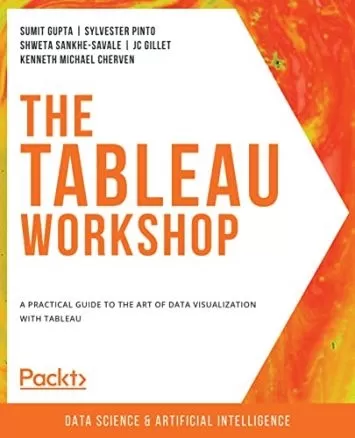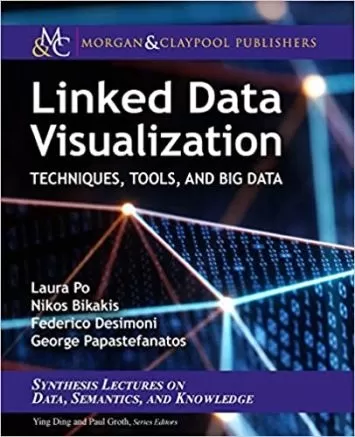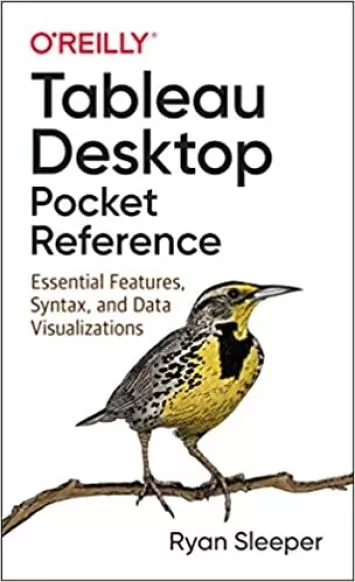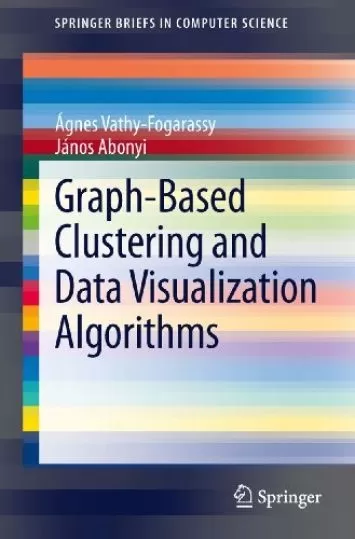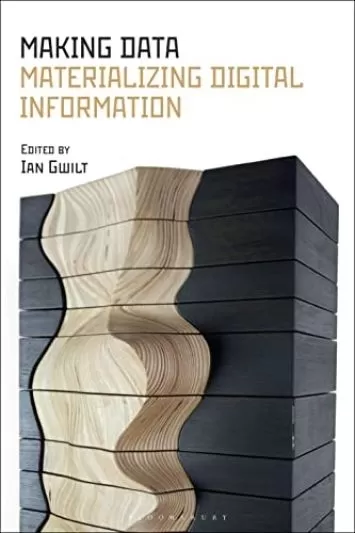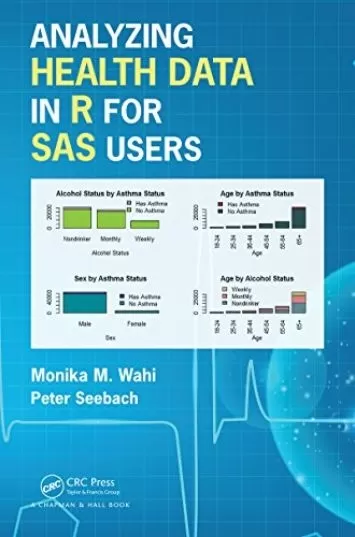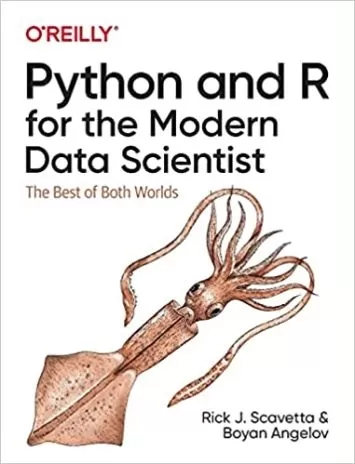
Multilayer Networks: Analysis and Visualization: Introduction to muxViz with R
Category
Author
Publication
Springer
From the Back Cover
In addition to researchers in the field of network science, as well as practitioners interested in network visualization and analysis, this book will appeal to researchers without strong technical or computer science background who want to learn how to use muxViz software, such as researchers from humanities, social science and biology: audiences which are targeted by case studies included in the book. Other interdisciplinary audiences include computer science, physics, neuroscience, genetics, urban transport and engineering, digital humanities, social and computational social science.
Readers will learn how to use, in a very practical way (i.e., without focusing on theoretical aspects), the algorithms developed by the community and implemented in the free and open-source software muxViz. The data used in the book is available on a dedicated (open and free) site. --This text refers to the hardcover edition.
About the Author
He is known for multilayer models intertwining human mobility, infectious disease spreading and other types of human dynamics such as awareness, bounded rationality, social segregation and integration. His research focuses on collective phenomena emerging from natural and artificial interdependent systems, with contributions to multiscale modeling and analysis of multilayer networks, their structure, dynamics, information capacity and resilience to shocks, finding applications in systems biology, systems medicine, computational social sciences, computational epidemiology and data-driven policy making.
For his works on the complexity of systems of systems and interdisciplinary applications he received the Young Scientist Award for Socio- and Econophysics from the German Physical Society (2020), the IUPAP Young Scientist Award on Statistical Physics from the IUPAP-C3 (2019), the USERN Prize in Formal Sciences from USERN (2017) and the Junior Scientific Award from the Complex Systems Society (2016).



















